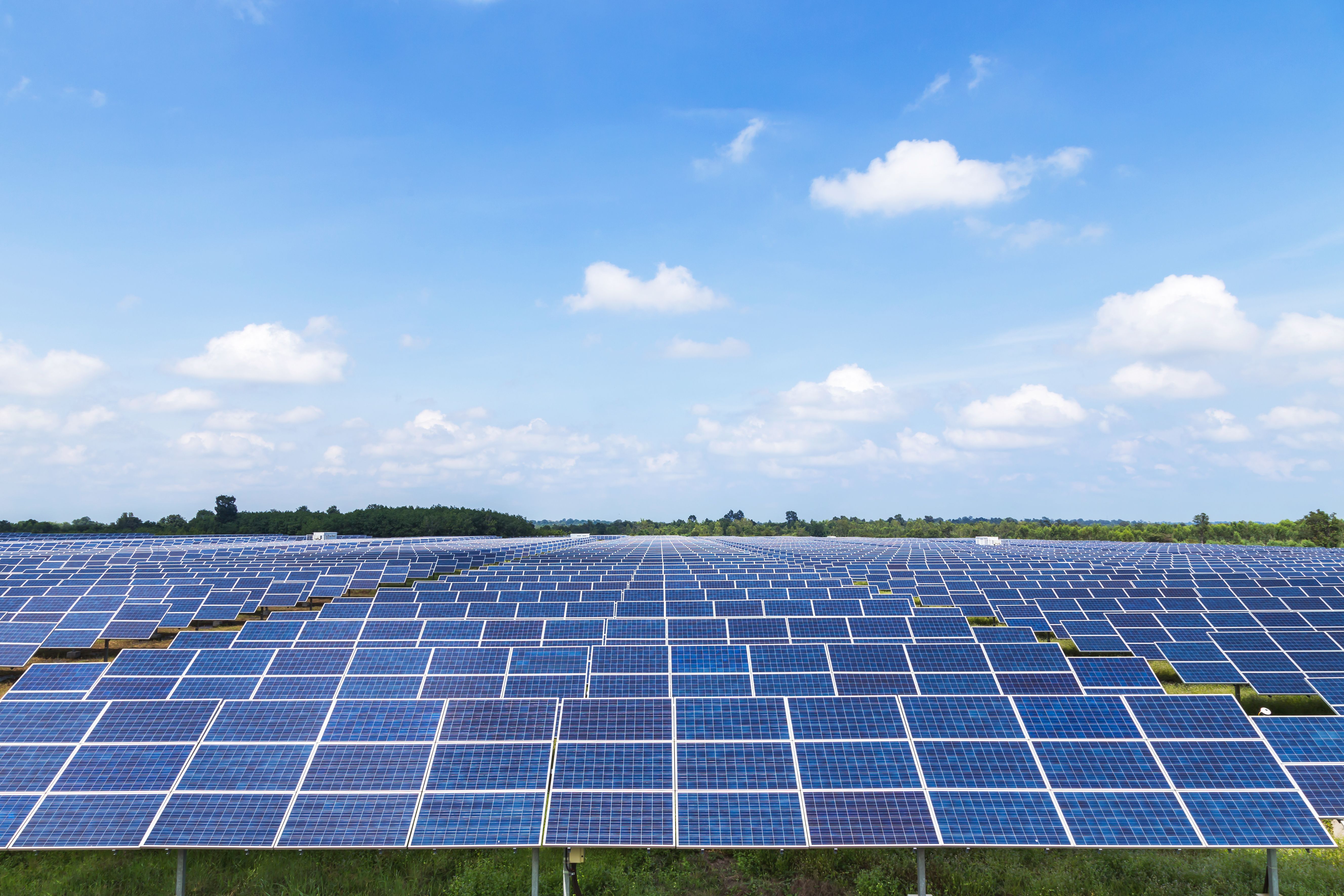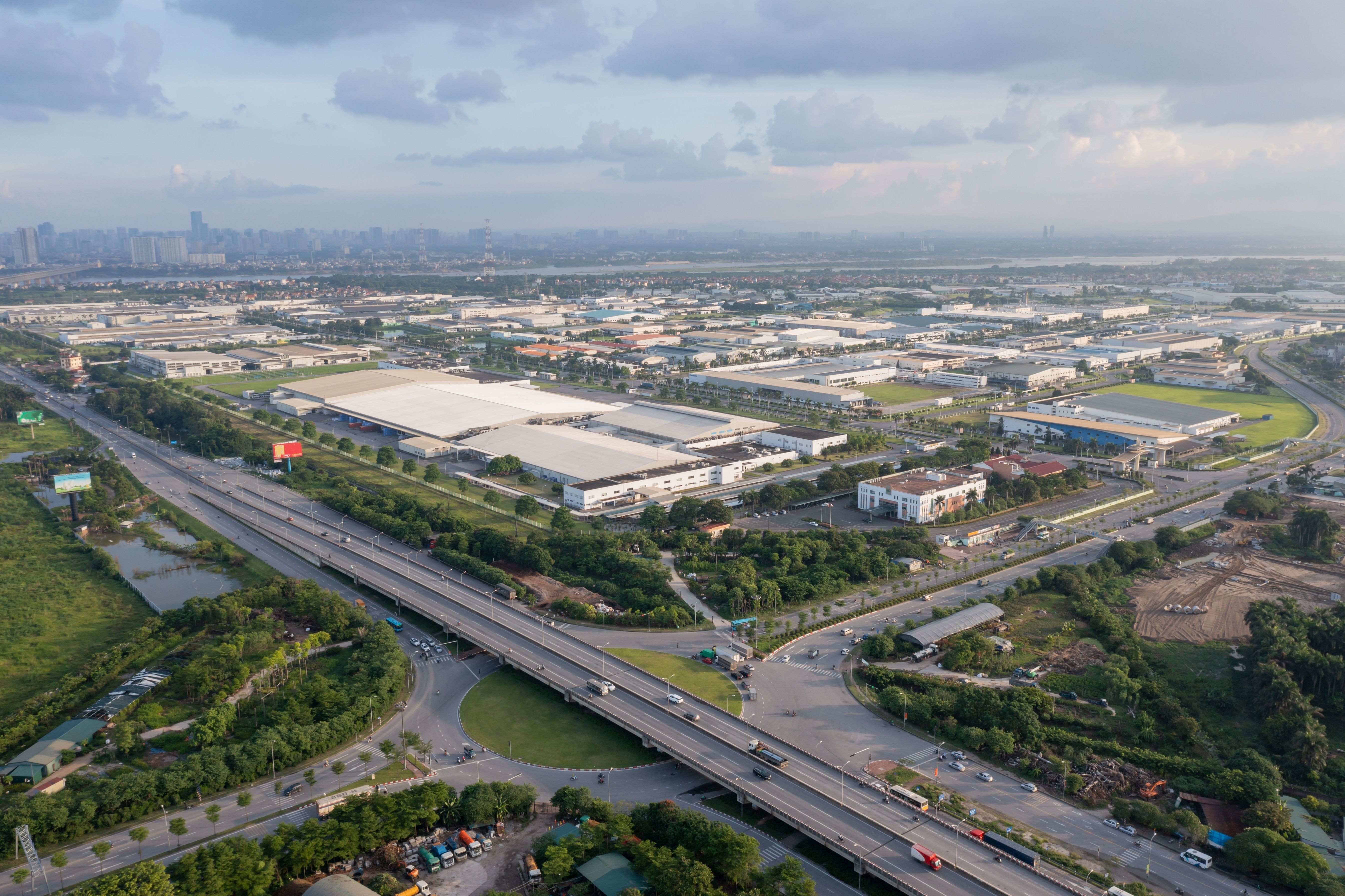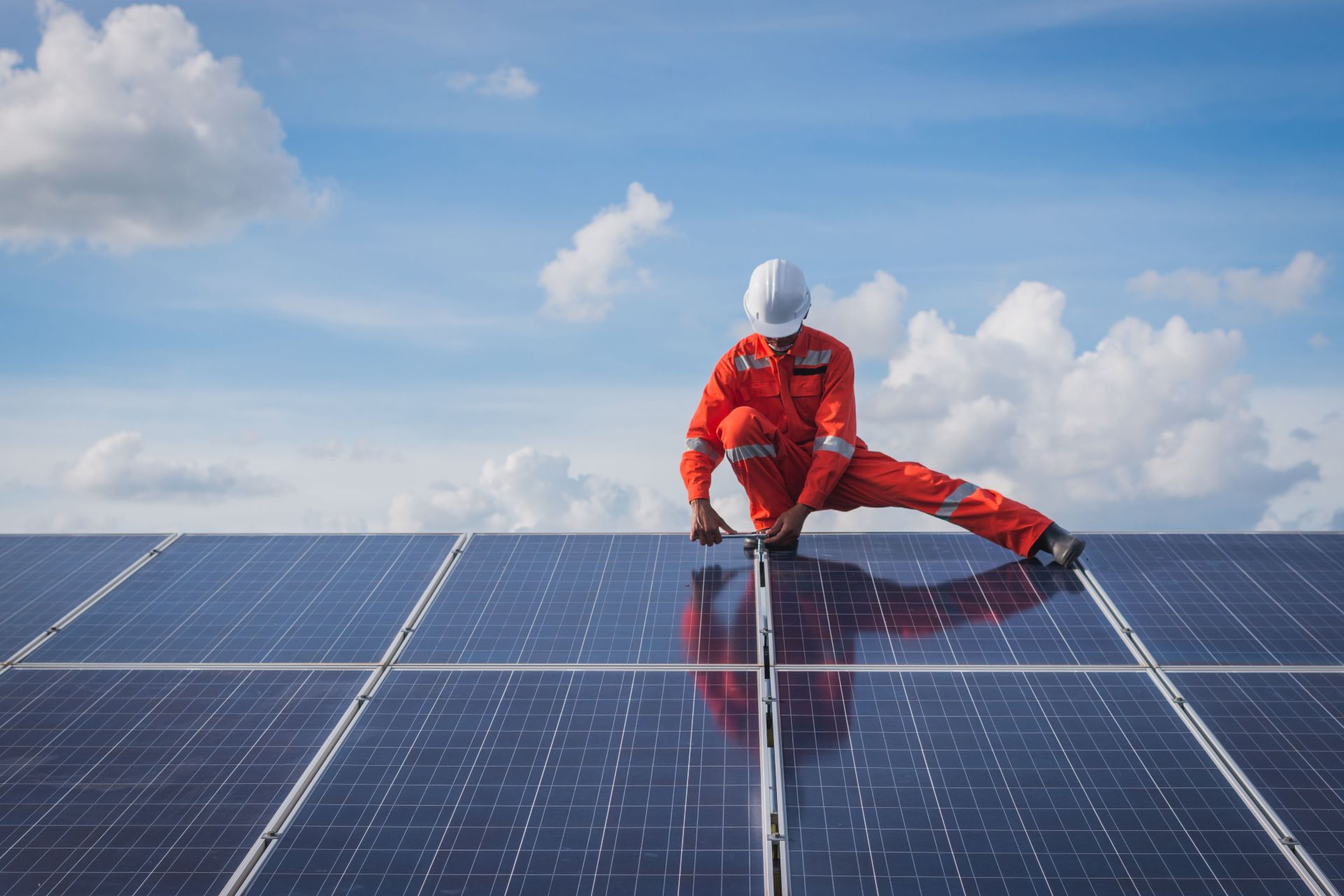Sinohydro Corp is moving ahead with the construction of a US$1.4 billion expansion to the Hwange coal-fired power station complex in Zimbabwe. Two additional units will provide an extra 600MW of generating capacity. The completed plant will help address Zimbabwe's power shortages, as well as the need to import power from neighbouring countries. The project has seen a number of delays since Sinohydro signed the engineering, procurement, and construction (EPC) contract in October 2014, with China Exim Bank agreeing to a US$1 billion loan in 2015. Sinohydro, which will undertake construction of the power plant and associated improvement to the transmission system, is taking a minority stake. Local press reports put this at 36%, adding that it cannot be divested for at least five years post completion.
The equity stake is designed to help avoid problems seen on other projects in Africa (including the Morupule power plant in Botswana), where the Chinese EPC contractor exited directly after completion, leading to operational problems because of a lack of local expertise. A similar arrangement was put in place for the US$533 million Kariba South hydro power expansion in Zimbabwe, which added two 150MW generators to an old 750MW plant. This project was also undertaken by Sinohydro, with debt finance from China Exim Bank. President Emmerson Mnangagwa commissioned the expanded facility in a ceremony held in late March 2018.
China is emerging as the main foreign investor in Zimbabwe's energy sector, as the country attempts to rebuild its economy. The expansion projects are part of the efforts by the Zimbabwe Power Company, a power generation unit of state power utility Zesa Holdings, to reduce the power deficit in the country, which is met by importing power from Eskom of South Africa and Hydro Cahorra Bassa of Mozambique.
According to law firm Pinsent Masons, which represented Sinohydro Corp, the construction period on Hwange will be up to three years, and the finished plant will supply an additional 30% to the country's generation capacity. The project involves an upgrade for the country's transmission network. Pinsent Masons supported Sinohydro through its China outbound belt and road team, led by Beijing based partner Amanda Yao, working in collaboration with its Johannesburg office. "This is a significant project for Zimbabwe and the wider region, and represents an evolving business model for many Chinese SOEs whereby their participation is no longer just about the construction, but also includes operations and equity ownership," says Yao.
In April 2018 President Mnangagwa made a five-day state visit to China. The trip was Mnangagwa's first outside Africa since taking over from Mugabe last November. President Xi Jinping and Mnangagwa agreed to establish a comprehensive strategic cooperation and partnership. Premier Li Keqiang said that China is ready to work with Zimbabwe to give full play to the complementary advantages of both economies, innovate cooperation methods and deepen cooperation in areas such as infrastructure and agriculture. Among the deals discussed during that visit was the expansion of Hwange, and the first release of necessary funds by China Exim Bank.
Zimbabwe is working on a joint hydro power project with neighbouring Zambia. Construction of the 2,400MW Batoka Gorge Hydroelectric Scheme (HES) is finally set to begin in 2019, after Zambia and Zimbabwe secured funding partners. Elizabeth Karonga, the public relations and communications manager for Zambezi River Authority (ZRA), which manages the Zambezi water, was quoted in local press as saying that the African Development Bank is advising the authority on raising funds for the project and it may reach financial closure by the end of the year. The project is estimated to cost US$4 billion, with construction to take six years. The EPC tender process is expected this year.
Batoka Gorge is one of a number of hydropower investments conceived as part of a cascade along the Zambezi River. The proposed dam will be 50 kilometres downstream of Victoria Falls, and upstream of the existing Kariba Dam Hydro-Electric Scheme. There will be two plants each comprising six 200MW units for a total of 2,400MW. Zimbabwe Power Company puts the estimated project cost at US$1.4 billion for EPC plant cost, plus civil costs estimated at US$1.5 billion, to be jointly shared with Zambia.
According the World Bank, the bilateral project between Zambia and Zimbabwe will be configured along the same lines as the Kariba Dam HES. The Zambezi River Authority (ZRA) is mandated with preparation of the project in cooperation with ZESCO, the national power utility in Zambia, and the Zimbabwe Power Company (ZPC). The power plants will be developed by the utilities through special purpose vehicles (SPVs), while the dam will be owned and operated by ZRA. The World Bank supported initial preparation through a grant from the multi-donor trust fund for Cooperation in International Waters in Africa (CIWA).
Other projects in the pipeline include the Sengwa coal-fired power station near Gokwe South, which will generate 2,400MW. It lies on the Sengwa coalfield. The project sponsor is Zimbabwe Stock Exchange listed mining company RioZim, which is looking for partners, and has already worked with Chinese firms on initial designs. But progress has been slow, and as far back as 2014 RioZim said that it was hoping to sign up foreign investors in the near future.









